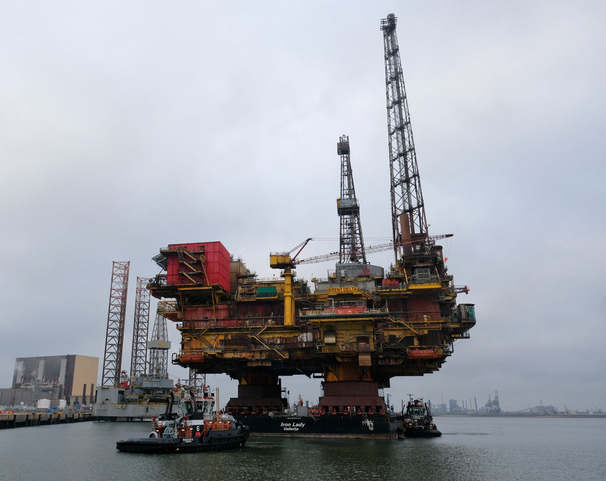
As the North Sea looks to unlock future development potential, Oil and Gas Authority (OGA) chief executive Andy Samuel emphasized the need to hone its decommissioning abilities, helping position the region at the forefront of the emerging and developing sector.
“Decommissioning is an area where there is real opportunity to realise greater efficiency,” he said.
“We want to see decommissioning benefiting all: operators can benefit from doing it quicker and more cost effectively, the supply chain can benefit from increased capability and export opportunities, and of course the country can benefit as a whole from this activity.”
The OGA is targeting decommissioning costs of £39billion. Five companies’ assets amount to 50% of total decom costs, according to the OGA. The bulk of decommissioning costs are expected to come from the Central North Sea, followed by the Northern North Sea, Southern North Sea and West of Shetland.
Well plugging and abandonment is expected to harbor the most costs, followed by topside removal, subsea infrastructure, subsea infrastructure removal and onshore recycling.
The chief executive said the bulk of savings (35% to 45%) could be made from “delivery capability”, which includes learning from other industries, an innovative contracting and commercial approach and a new centre of excellence.
The regulatory chief also highlighted a further 25% to 35% could be made through a campaign approach to well abandonment strategies.
Shell shaved £1billion off its final Brent decom bill through reduced P&A costs, according to the OGA. The oil major also made savings through the supply chain for its topsides and substructure removal.
CNR International is two years ahead of schedule for its decommission of the Murchison development, according to the OGA. It has reduced its final costs by 88% compared to its sanction costs.
“Lessons learned” helped halve costs followed by “early engagement with contractors and a flexibility of schedule”, according the OGA.
ConocoPhilips decom costs in the Southern North Sea have been halved due to P&A campaigns delivering 50% in cost reductions.
Recommended for you
